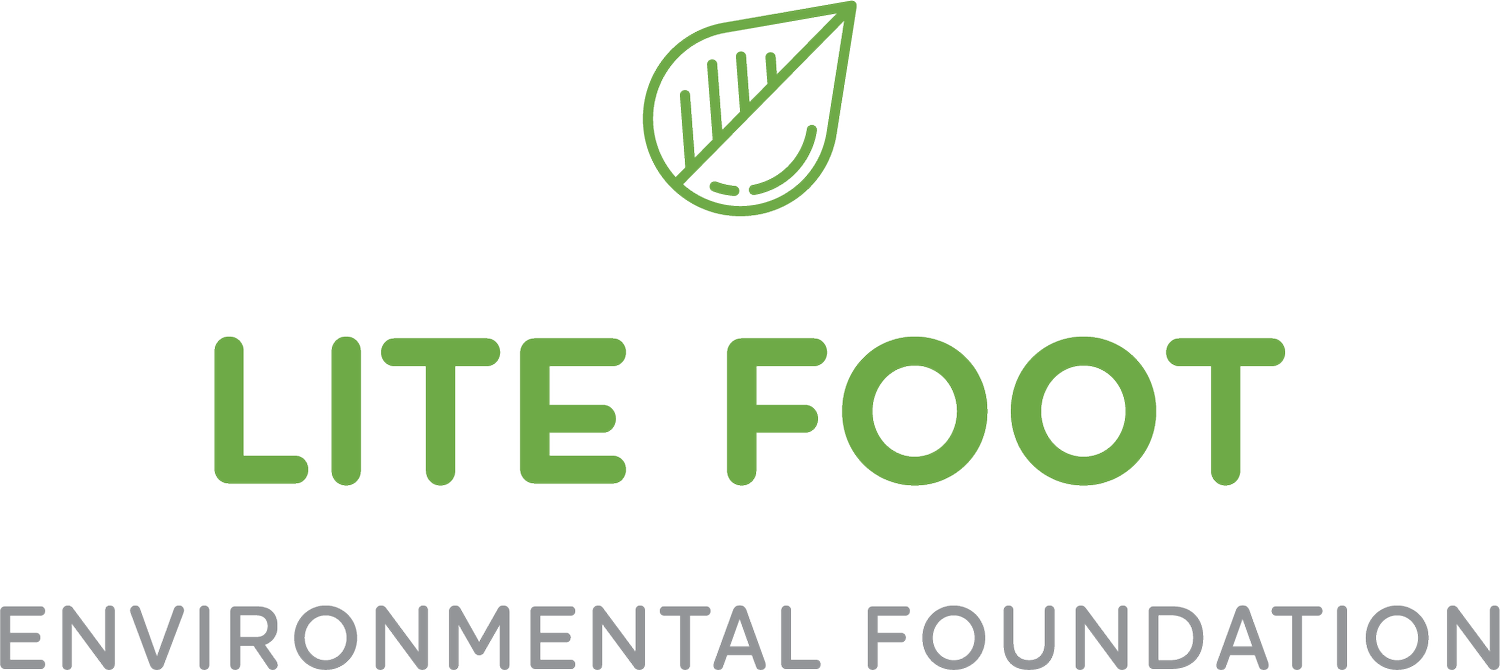Exploring the Future of the Upcycling Plastic Initiative: In-Depth Interview with Saty Sharma
To paint a clearer picture of what the Lite Foot Environmental Foundation’s Upcycling Plastic Initiative entails, we ask our very own expert to share his insights. Please enjoy this interview with Saty Sharma, PhD, the chair of our Upcycling Plastic Initiative.
Saty Sharma is a researcher, designer, and professor of Design for Sustainability at Savannah College of Art and Design (SCAD). He holds a B.E. in mechanical and production engineering, a Master of Design (M.Des.) in industrial design from Indian Institute of Technology Delhi (IIT), and a PhD from PolyU School of Design in Hong Kong.
Q: What made you decide to pursue a career in industrial design and specifically focus on sustainability design?
During my studies in Mechanical Engineering, I discovered that I was more drawn to the creative applications of my technical knowledge, rather than the linear problem-solving approach typically emphasized in engineering. This realization led me to shift my focus to Industrial Design for my graduate studies and career.
In my practice of Industrial Design, I became convinced that design has the power to make a significant impact. It can promote sustainable behaviors and lifestyles through thoughtful, design-driven solutions. This conviction motivated me to pursue a PhD in Design & Sustainable Behavior.
Q: What are your students learning/working on in your courses at SCAD?
In the Design for Sustainability MA/MFA program at SCAD, students learn how to make the world a more abundant and equitable place by balancing economic prosperity with social well-being and a sustainable environment. The program prepares students for industry leadership with the skills to pioneer organizational change, technological and material innovation, citizen advocacy, and more. Students benefit from our collaborative and interdisciplinary environment, where revolutionary projects with local communities and partnerships with the biggest brands happen every day.
Q: Tell us about some sustainability projects that you have worked on. What did you enjoy about them?
I have had the opportunity to work on research projects aimed at fostering sustainable behavior and actions. Additionally, I have collaborated on several projects with students, including conducting research in Savannah to explore reusable drink and food ware for takeout in restaurants.
Q: Can you tell us a bit about the upcycling machine we are looking to purchase?
We are planning to acquire machines that will help us upcycle certain types of plastics into beautiful, functional products. Initially, these machines will include a shredder, an injection molding machine, an extruder, and a press, but later on we might add a few more to increase the production capacity.
Q: What types of plastics can we upcycle using it?
We will be able to upcycle polypropylene, one of the most commonly used plastics, with these machines. However, we will also explore methods for upcycling other types of plastics.
Q: Will the general public be able to participate in the upcycling process? And if so, how can they help?
Yes, the goal is to divert plastic waste from landfills by adding value through new functions and aesthetics. This process will involve recovering discarded plastics, and there will be opportunities for the public to participate by donating their plastic waste, which can then be transformed into beautiful, functional products.
Q: How much space is needed to house the upcycling machine?
Around 1000 sq ft
Q: How can the community get involved?
There are a couple of ways the community can get involved.
Support Lite Foot Foundation- you can donate to our foundation or attend the first fundraiser on October 17. _tickets available online
When we get the program up and running, you can save your plastics and bring them by participating drop-off locations.
Q: By implementing an upcycling machine in the city of Savannah, how much plastic will be diverted from landfills?
In the initial phase of the project, it is expected that we would be able to divert around 150-200 lb of plastic from every month. Thereafter, we would work on increasing the capacity and this could be scaled up so that more plastic waste can be diverted.
Q: Can Businesses Participate?
Absolutely, we want to work directly with businesses to offset their plastic waste. It would be easy to take the plastic caps from all the milk jugs of a coffee shop, or contact cases from an optometrist. Our hope is to make products that participating businesses can utilize in their businesses by upcycling their plastic caps, convert into chairs etc.
Q: What are the steps to making this happen? How can the community help?
Donate to the cause. The capital we'll need to start this project is $52,000. Any bit helps us get there. This cost includes the machines, space to operate and staffing to convert the plastic into other goods.
Once we are close to our goal, we'll be looking for a space! Reach out if you or anyone you know is aware of rental or shared space that's available.
Share this article or send one of our social media posts to your friends! Any awareness helps achieve our goal.
We are so grateful to have Saty serve on our Board of Directors to move our plastic upcycling goals forward. As with all of our work, we need the community's help to make it possible.

